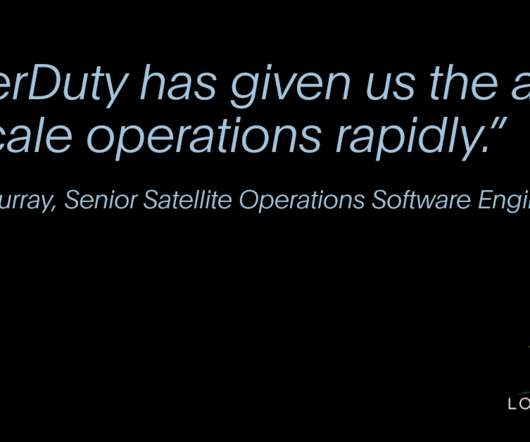Space Made Simple: How PagerDuty Enabled Loft Orbital to Achieve Incident Response Lift Off by PagerDuty
PagerDuty
DECEMBER 7, 2021
Today, there are multiple companies competing to earn their slice of a global space industry set to be worth more than $1 trillion by 2040. The next great space race is on. However, launching a satellite into space still isn’t an option for most organizations due to the prohibitive costs and complex engineering required.



















Let's personalize your content